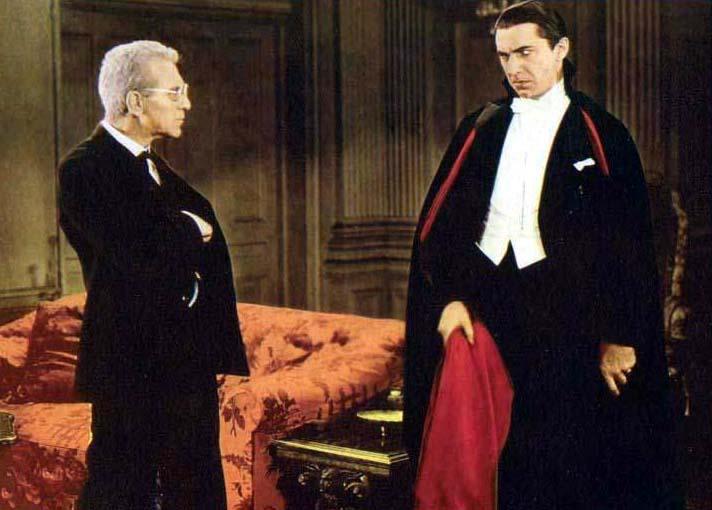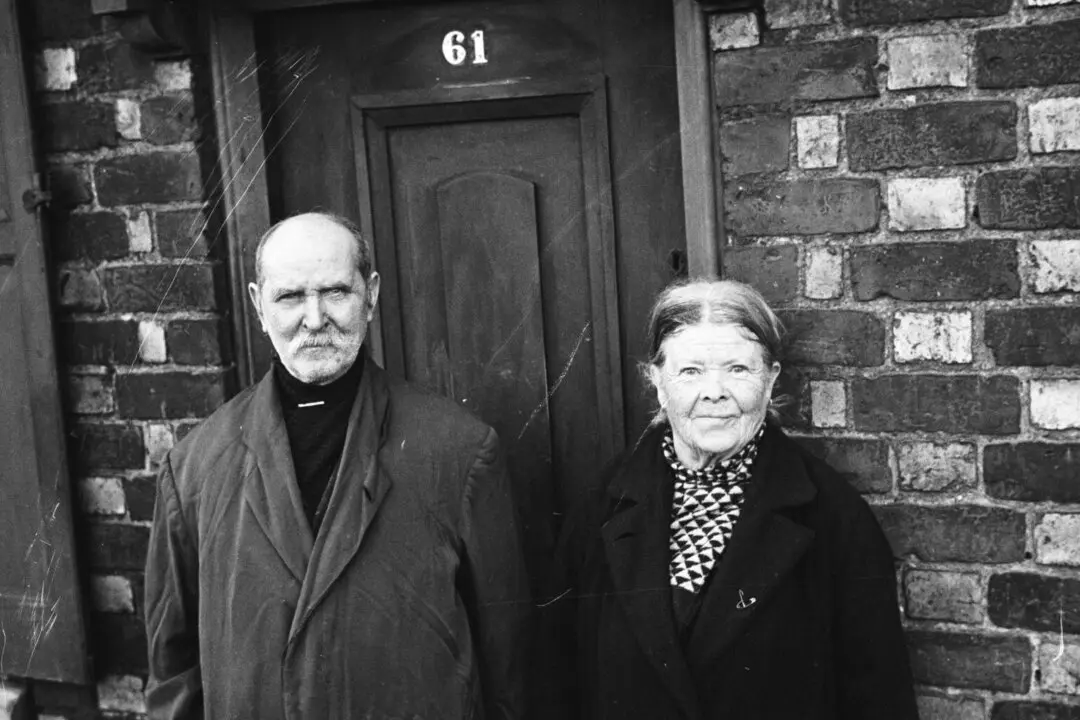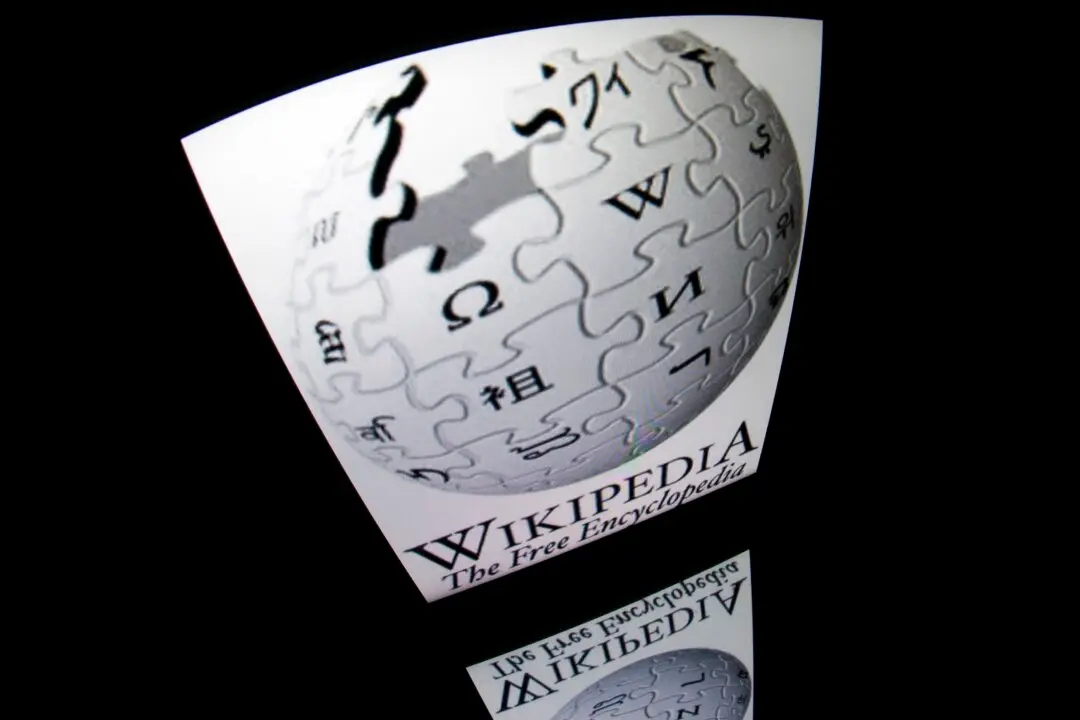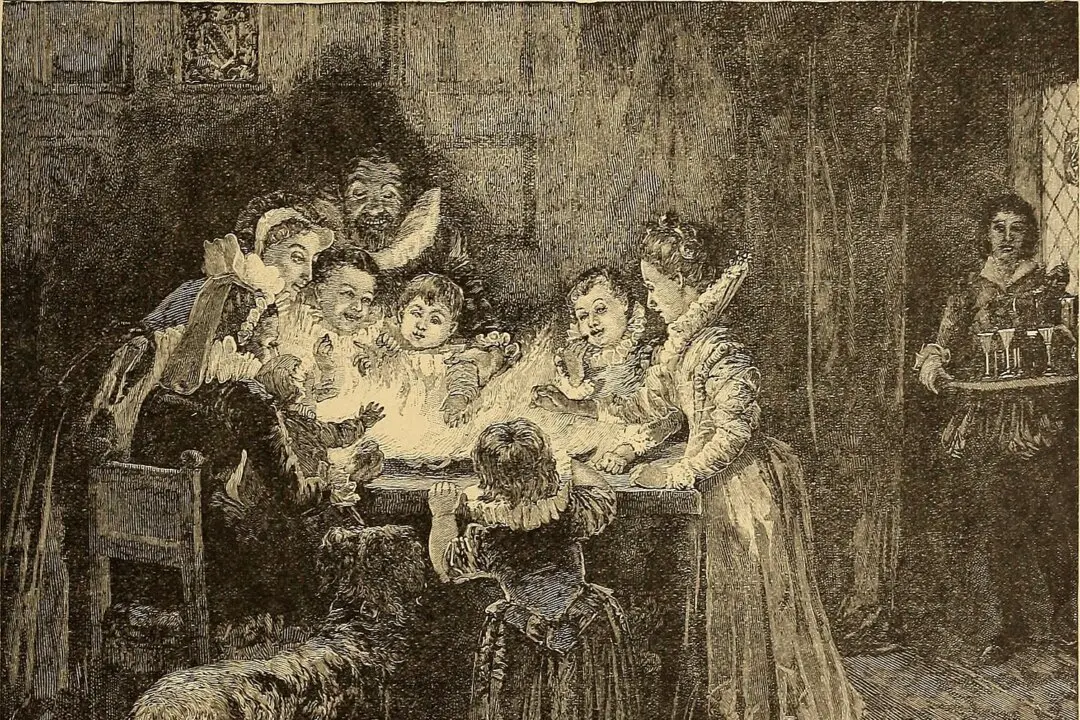There’s a hidden threat within much of our contemporary fiction, slipping past our defenses like some stalker in the night.
As a culture, our understanding of the monstrous has been turned upside down. Creatures that were traditionally considered the quintessence of wickedness, symbols of genuine evil, and the spawn of hell have become in our day heroes and role models, especially for the young.






